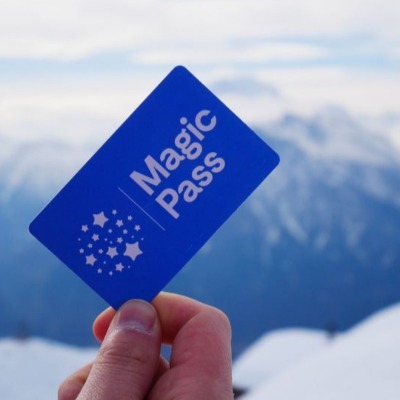Liftopia: Structuring Data To Optimize Dynamic Pricing Strategy

Kathryn Quinn of Liftopia has shared thoughts on the company's use of data:
"We have often shared our focus on working hard to help our partners run their businesses more effectively, and how using data trends across the market can help us understand and interpret individual partner performance, whether they are ski areas or summer attractions. In the ski market, for example, we introduced our North American Ski Market Pulse Report back in November.
"For many ticketing businesses, each day of operation, whether winter or summer, is critical to overall performance, so ensuring each day is priced appropriately to maximize revenue and return on marketing dollars is a major focus of our team. As part of our full-service e-commerce product, our Analytics team spends much of its time deep diving into individual resort performance trends and how each resort stacks up against the large network of Liftopia partners. Specifically, the team dedicates a majority of its time to adjusting pricing for specific days and products that are performing better than expected, to capture additional demand. Historically we have called this an “optimization”, but really it is just a fundamental part of the continuous improvement cycle at the core of revenue management.
"When a partner launches their pricing strategy and product mix, we utilize our global partner model, 13 years of consumer intent, and pricing data to yield the optimum starting price and starting quantity for that partner’s products to maximize revenue and e-commerce performance. As the season gets underway, and the pricing strategy is exposed to consumer demand, we collect millions of data points from customers’ interactions with these prices that help us inform what changes might be made to the strategy, if any at all. We’ve developed a methodical and data-driven approach to continuously improving pricing strategy for our partners, and want to shed some light on our method here.
"Before we dive into our strategy of how we approach finding more revenue for our partners, let’s first look at a few things that are not a primary part of our approach:
- "Relying only on a single data point, like year-over-year performance. Not only is a single data point in isolation not enough to signal if a pricing change will yield better results, YOY data specifically can be misleading given the influence of weather and conditions on year to year performance. We focus more on how well a partner is performing relative to potential as opposed to YOY revenue, as YOY revenue should always increase and can lead to a “good to great” problem.
- "Looking at resort performance in a silo. If Resort A is up 15% YOY, that might seem like a strong result, unless its competitor down the street, Resort B, is up 40% YOY.
- "Making pricing changes based only on terrain availability or lifts operating. This information doesn’t tell us how customers are responding to available price points.
- "Using weather forecasts to make pricing decisions. See prior point.
"So, how do we determine if there is an opportunity to find new revenue for our partners? The key is to dig into a partner’s dataset while also comparing it to the global dataset we have amassed over our history and at that exact point in time. By standardizing the way we determine if an opportunity exists for an individual resort and comparing it to the larger network of resorts on the Liftopia platform, we’re able to reinform our pricing model and make real-time improvements at a much faster rate than a resort implementing pricing strategy alone.
"A key metric we focus on is Revenue Per Search (RPS) – Total E-Commerce Revenue / Total Searches. RPS is an indicator of conversion at the trip date-level, and allows us to more clearly measure how well a given date is performing in terms of dollars and cents. If customers are responding to price points that are available for a given day, that day will have a high RPS, and *might* point to an opportunity for improving the underlying strategy. But we can’t simply look at RPS of a single resort in a vacuum. Absent comparative data from other resorts, it would be difficult to interpret performance and understand if a single resort was under or over-performing potential. By normalizing a pricing model, optimization approach, and the customer intent dataset, Liftopia is in a unique position to assess and monitor individual partner performance and reduce the likelihood of false positives/negatives.
"As our business has matured, so has our approach to pricing, and we hope that this post has shared some of the rationale behind our method"













